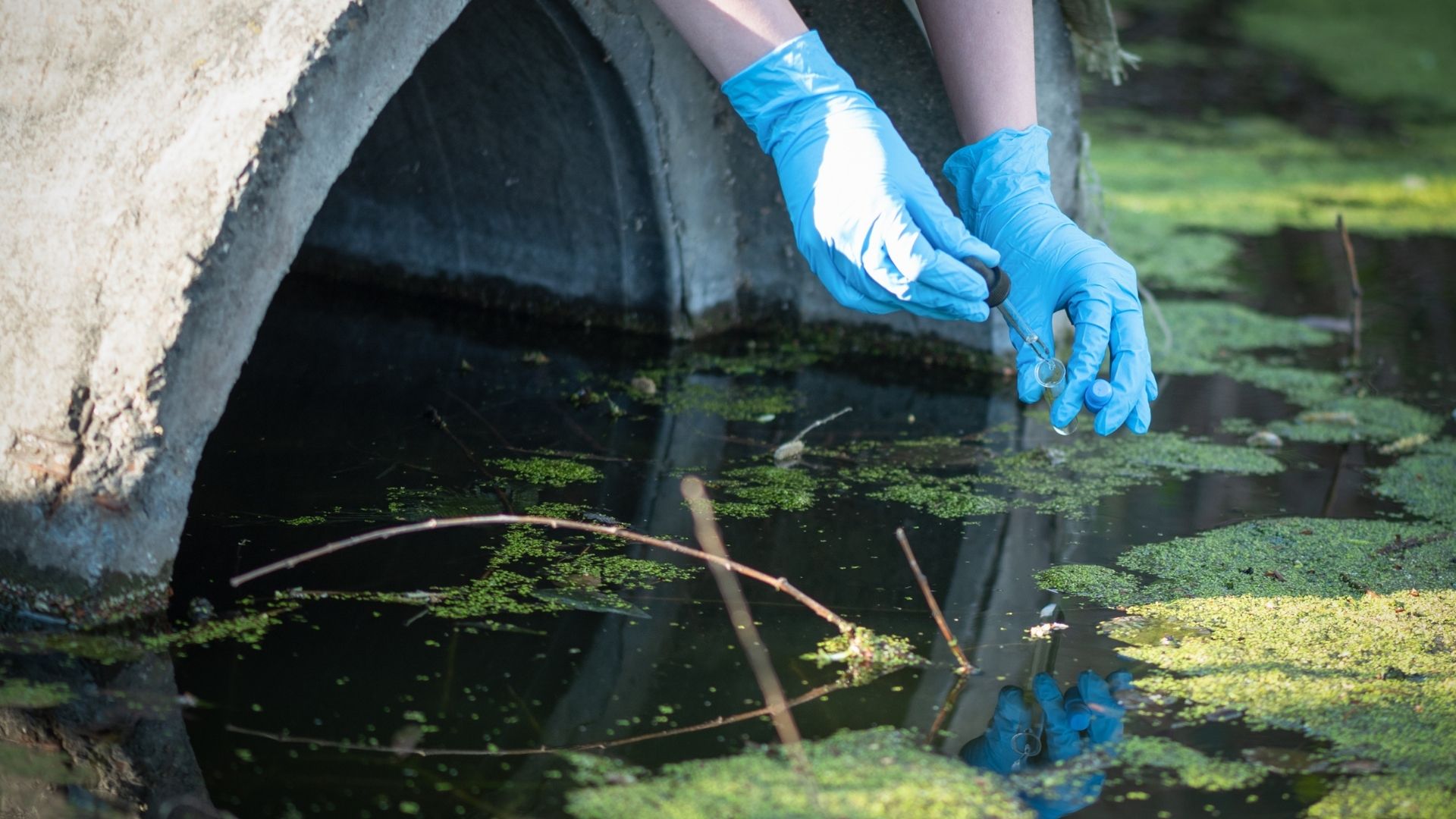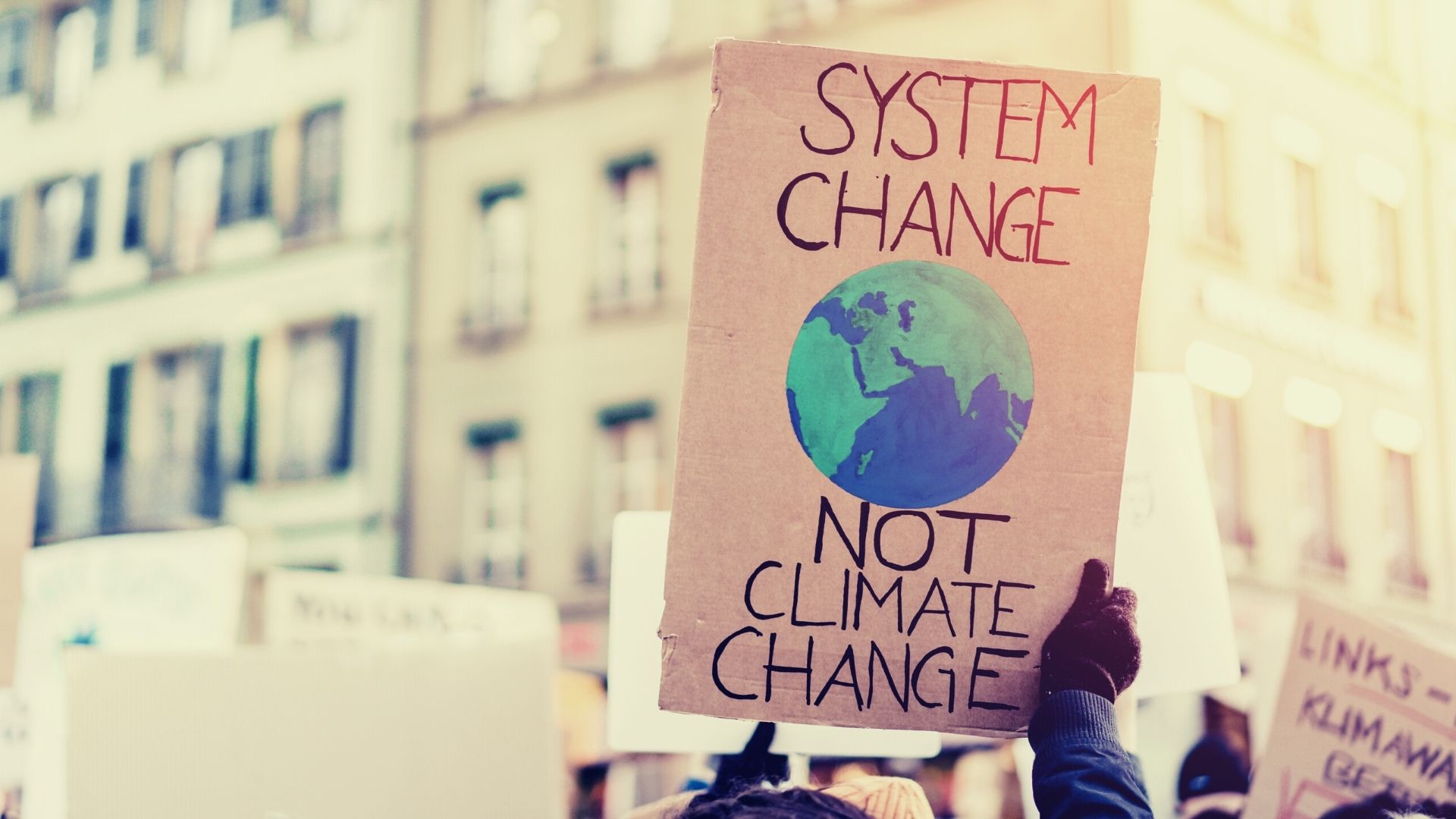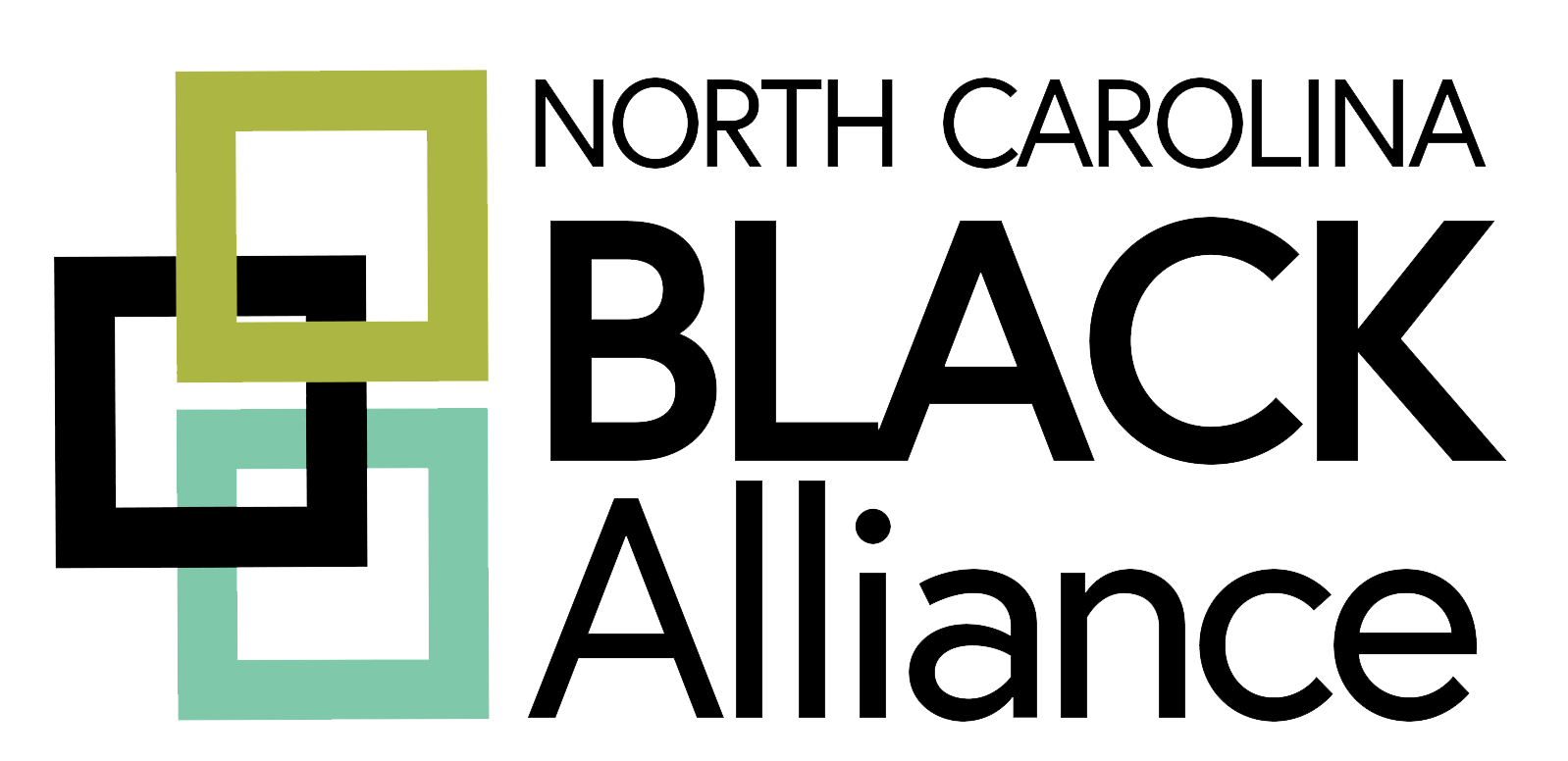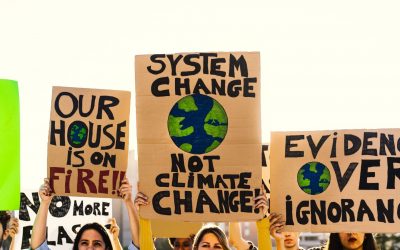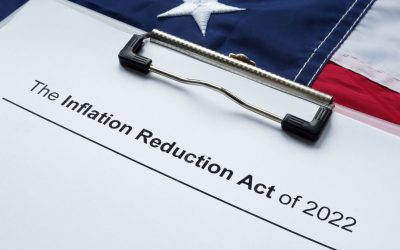1990 – Indigenous Environmental Network
- Used to bolster indigenous communities through various means such as: improving crops, increasing natural resources, and establishing good air quality, all as a means to increasing the health and prosperity of their people.
1990 – the University of Michigan Conference on Race and Environmental Hazards
- Organized by Dr. Paul Mohai, and Dr. Bunyan Bryant this conference would go on to play an important role in establishing environmental justice as a legitimate academic discipline.
April 1990 – Southwest Network for Environmental and Economic Justice
- “SNEEJ” for short, is a regional organization composed of various minority groups that aimed to establish and strengthen workers in hopes of increasing their national, international, state and regional EJ policies.
April 1990 – Congressional Black Caucus Meets with EPA Officials
- A meeting between EPA officials and the Black Caucus to report their findings on the environmental risk being higher for minorities, and that the EPA was not appropriately addressing the community needs.
July 1990 – EPA Administrator Creates the Environmental Equity Workgroup
- Workgroup created to review evidence that racial communities and low-income communities have an unequal environmental risk burden
October 1990 – Dumping in Dixie: Race Class and Environmental Quality, the nation’s first environmental justice book
- A book written by Dr. Robert Bullard focused on documenting environmental injustice. This book was the first of its kind to draw connections between environmental injustice and racial discrimination.
October 1991 – First National People of Color Environmental Leadership Summit
- Progressed the EJ movement past the early focus on toxins, to include issues of public health, land use, housing, community empowerment and many other things. The summit also displayed the possibility to build a grassroots movement around environmental and economic justice.
1992 – Deep South Center for Environmental Justice founded at Xavier University of Louisiana, the nation’s first EJ center.
- In conjunction with community environmental groups and colleges across the southern area, Dr. Beverly Wright established the Deep South Center for Environmental Justice. The center was the first EJ center to be linked with a historically black college. It has since grown into a significant resource for environmental justice, education, and training since its inception.
1992 – University of Michigan’s Environmental Justice Program
- The first environmental justice program for undergraduate and graduate students was established at the University of Michigan by Bunyan Bryant and Paul Mohai.
June 1992 – Reducing Risk for All Communities
- Multiple new proposals for reducing environmental inequalities were included in this study.
November 1992 – Office of Environmental Equity is Established
- Established on recommendations from the Environmental Equity Workgroup, The name of the organization was changed to the Office of Environmental Justice in 1994.
November 1992 – Race and the Incidence of Environmental Hazards, the second EJ book published
- Following Dumping in Dixie, Race and the Incidence of Environmental Hazards is largely considered the nation’s second book on Environmental Justice. Bunyan Bryant and Paul Mohai, editors of a collection of 16 essays, investigated the disproportionate effects of environmental risks on people of color (POC) and offered new ways to promote environmental justice.
September 1993 – EPA Administrator Creates the National Environmental Justice Advisory Council
- A government advisory group that organizes public hearings around the country on environmental justice problems, founded by Carol M. Browner.
1994 – Environmental Justice Small Grant Program
- Founded to assist qualifying groups in forming collaborative relationships, discovering local environmental or public health challenges, and envisioning solutions while also empowering the community via education, training, and outreach.
1994 – Environmental Justice Resource Center founded at Clark Atlanta University
- Dr. Robert Bullard, the Center’s Director, founded the Environmental Justice Resource Center (EJRC) at Clark Atlanta University (an HBCU), to serve as an aggregator for research, policy, and information on environmental justice, race and the environment, civil rights, facility siting, land-use planning, transportation equity, suburban sprawl, and smart growth. The Center’s mission is to support, and educate people of color, students, professionals, and grassroots community leaders so that they may participate in environmental decision-making more fully.
February 11, 1994 – Bill Clinton Signs Executive Order 12898
- President Clinton issues a proclamation. Its mission is to draw federal attention to the environmental and human health consequences of federal activities on minority and low-income groups in order to achieve environmental protection for all communities.
May 1995 – First National Interagency Environmental Public Meeting
- Attended by 11 Federal Agencies with a goal of focusing on various sessions like Dialogue, a public forum where members of the public can voice their views on certain issues.
An Interagency Public Meeting on Environmental Justice (EJ) was conducted for the first time. The Outreach Task Force of the Federal Interagency Working Group on Environmental Justice (EJ IWG) organized a Steering Committee in 1994 to assist the EJ IWG in planning, organizing, and preparing for this conference. Several hundred people attended the gathering, which was hosted by Clark Atlanta University.
December 1997 – EPA and CEQ Collaborate on NEPA to Advance Environmental Justice
- Developed to assist federal agencies with their NEPA procedures in order to effectively identify and resolve environmental justice problems. The compliance of the federal government with the National Environmental Policy Act and Executive Order 12898 is overseen by CEQ.
December 1999 – National Black Environmental Justice Network (NBEJN) launched in New Orleans
- In New Orleans, Louisiana, 300 Black activists created the National Black Environmental Justice Network (NBJEN) to develop ways to address environmental and health inequities in Black neighborhoods.
